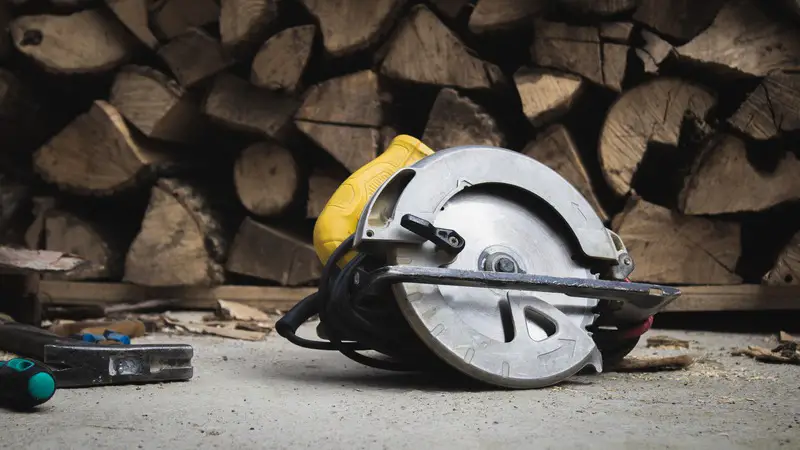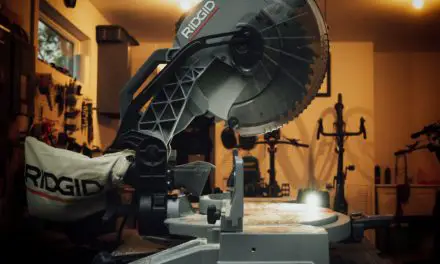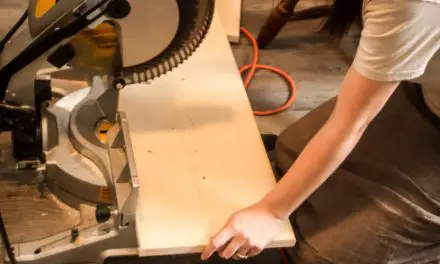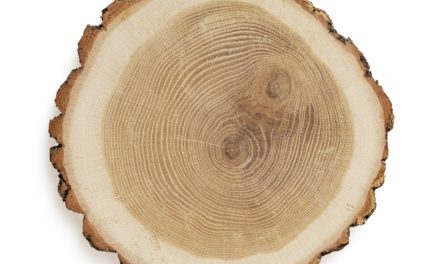Sheetrock is a type of drywall that can be quite easy to cut, but what if you are new to the scene of construction and you don’t know exactly what you should use to cut it to the measurements you need? Is it possible to cut it with a circular saw?
It is possible to cut the sheetrock with a circular saw. However, cutting sheetrock with a circular saw is not ideal. It will create debris, damage the material, and it could damage your tool.
Is It Possible To Cut Sheetrock With A Circular Saw?
You really shouldn’t use a circular saw. It isn’t that a circular saw cannot do the job, but sheetrock is so easy to cut, there is no reason to use a powerful tool like a circular saw on this type of material.
When you use a circular saw on sheetrock, it’s like using a jackhammer on a nail. It’s unnecessary. Some problems arise when you use a circular saw, including:
- It throws up a lot of dust.
- Causes unnecessary debris.
- Can end up damaging the sheetrock.
- The dust will damage the saw itself.
- It can be a health risk for you.
These all can cause many issues that aren’t worth using a circular saw on your sheetrock.
Throws Up Dust
When you cut the sheetrock with a circular saw, it throws up a lot of dust. It is because the sheetrock has two layers: it is composed of paper or cardboard on the outsides and silica on the inside.
When the saw cuts through this, the blade will throw up a lot of dust. This dust can cause problems while you are cutting. You won’t be able to see anything, even with protective-ware, and it can be quite messy. You don’t want to add to the mess construction can be.
Causes Unnecessary Debris
Using a circular saw also causes unnecessary debris. The debris can end up damaging anything around you or even end up injuring you. It won’t be extreme damage but it will be damage that could have been avoided by using a different tool.
Damages Sheetrock
A circular saw is a powerful tool and yes it can help you get things done quickly, but sometimes that isn’t always better. With power comes great responsibility, and in this instance, the power can damage the sheetrock.
Sheetrock isn’t like a piece of wood where it can sustain the power of the blade. Someone can easily punch through sheetrock if they wanted to. So when a blade meets that, sometimes it can damage the sheetrock near any cuts you make, making it look messy and unprofessional.
Damages The Circular Saw
Circular saws can withstand a lot, but when it comes to that silica dust that goes everywhere, it will degrade the integrity of your saw. Unlike saw dust, that dust is so small and fine that it can get places other types of dust can’t.
That dust can get into places that you may not even be able to reach without taking the saw apart. The dust can damage the saw, and it can dry it out so the blade erodes even more. It’s just best not to use a circular saw for it.
It Is A Health Risk
With all that dust, it is definitely a health risk. Even if you do have protective-ware on, the dust is so fine that it can get in your glasses, mouth, nose, and so much more. Silica is not a chemical you should be inhaling and is unhealthy long-term.
When you use a circular saw, all that dust is getting flung up in the air, increasing the chance that you inhale or ingest the dust. You want to reduce this dust, most importantly for your health.
Best Tools To Cut Sheetrock
There are many other tools that are suitable for cutting sheetrock. Those tools include the following:
- Oscillating Saw
- Keyhole Saw
- Razorblade
Each are these are very effective and used by your most experienced contractors.
Oscillating Saw
The oscillating saw uses a back and forth motion rather than a circular motion to cut the sheetrock. This ensures that less dust and debris is put into the air, and it can help you cut those harder angles that a circular saw could never do. You can even get blades from Dewalt to fit your oscillating saw!
Keyhole Saw
The keyhole saw isn’t electric like the oscillating saw but does get the job done. It is a small bladed saw you can use to cut through sheetrock and not worry about dust, debris, or any damage to the sheetrock.
Razor Blade
The most popular and the easiest tool you can use is using a razor blade or a boxcutter. It is inexpensive, sharp, and gets the job done. Sheetrock isn’t a tough material, so a razor blade is perfect for this job!





